Home>Articles>Best Showerhead Hacks For Improved Functionality And Performance
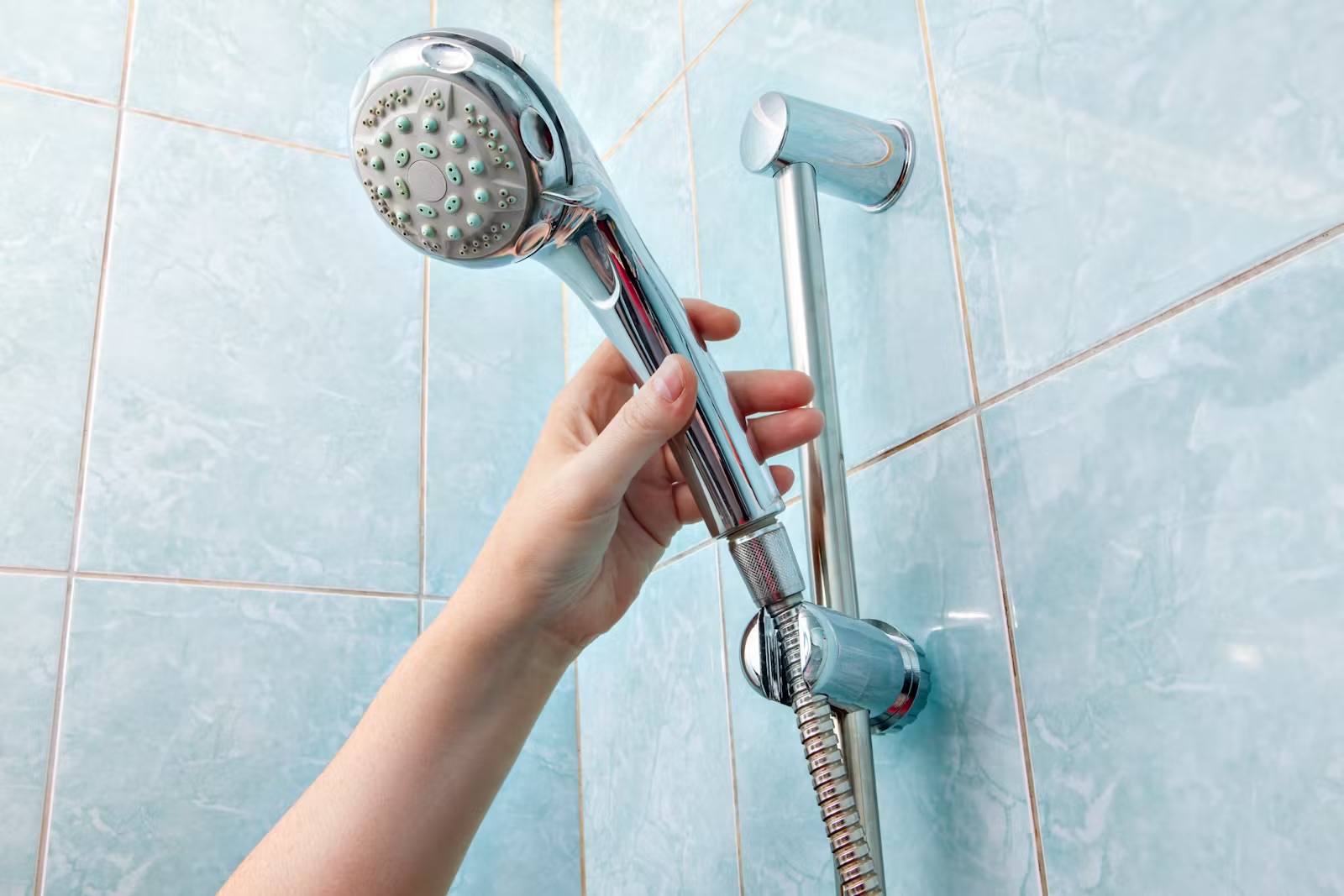

Articles
Best Showerhead Hacks For Improved Functionality And Performance
Modified: October 20, 2024
Discover expert articles on how to hack a showerhead and upgrade your bathroom experience. Learn tips and tricks to enhance water pressure, temperature control, and more.
(Many of the links in this article redirect to a specific reviewed product. Your purchase of these products through affiliate links helps to generate commission for Storables.com, at no extra cost. Learn more)
Introduction
Welcome to the world of showerhead hacking! In this article, we will explore the thrilling realm of modifying and improving your showerhead to enhance your shower experience. Whether you’re looking for a better water flow, a more immersive spray pattern, or just love the satisfaction of tweaking things to perfection, this article is for you.
Showerheads are an essential component of any bathroom, providing a refreshing and rejuvenating shower experience. However, off-the-shelf showerheads can sometimes fall short in terms of water pressure, spray coverage, or customization options. That’s where hacking comes in.
Hacking a showerhead does not involve any illegal activities or cybersecurity breaches. It simply entails modifying the showerhead to improve its functionality and performance. This can be achieved through various methods, such as altering the water flow, adjusting the nozzle design, or even incorporating additional features.
In this article, we will guide you through the process of hacking your showerhead step-by-step, ensuring that you have all the necessary tools, knowledge, and precautions to execute the hacking process safely and effectively. From disassembling your existing showerhead to selecting the right hacking method, we’ve got you covered.
But before we dive into the nitty-gritty of showerhead hacking, let’s take a moment to appreciate the benefits and possibilities that await us. By hacking your showerhead, you can customize your shower experience to suit your preferences, whether it’s indulging in a high-pressure massage, enjoying a gentle rainfall-like flow, or experimenting with unique spray patterns.
Not only will hacking a showerhead give you the opportunity to personalize your showers, but it can also help conserve water and make your showers more energy-efficient. By optimizing the water flow and reducing wastage, you can contribute to a greener and more sustainable environment.
So, if you’re ready to embark on a showerhead hacking adventure, grab your tools, put on your hacking hat, and let’s get started. Get ready to redefine the way you shower and unlock a whole new level of bathing bliss!
Key Takeaways:
- Transform your shower experience by hacking your showerhead to customize water flow, spray patterns, and additional features. Embrace creativity and sustainability while enjoying a personalized oasis in your bathroom.
- Prioritize safety and water efficiency by maintaining and monitoring your modified showerhead. Embrace innovation and stay open to advancements for an enhanced showering experience.
Understanding the Basics of a Showerhead
Before we delve into the intricacies of showerhead hacking, let’s first establish a solid understanding of the basic components and functionality of a typical showerhead. This knowledge will serve as a foundation for our hacking endeavors.
A showerhead is simply a device that disperses water in a controlled manner, allowing us to enjoy a pleasant shower experience. It typically consists of three main elements: the showerhead body, the nozzle, and the water connection.
The showerhead body is the visible part of the showerhead that houses the inner mechanisms. It can come in various shapes, sizes, and materials, ranging from traditional round or square designs to more modern and sleek options. The body is responsible for directing the water flow and shaping the spray pattern.
The nozzle is the crucial component that determines the intensity, coverage, and pattern of the water spray. It has small holes or openings where the water passes through. By altering the size, shape, or number of these openings, we can modify the water flow and achieve the desired effect.
The water connection is where the showerhead attaches to the plumbing system. It ensures a secure and watertight connection, allowing the water to flow into the showerhead. In some showerhead models, the water connection also includes a swivel joint, allowing you to adjust the angle and direction of the spray.
Now that we understand the basic structure of a showerhead, let’s explore the different types of showerheads available. This will give us a broader perspective on the possibilities and potential modifications we can make.
Traditional fixed showerheads are the most common type found in homes. These are mounted onto the wall or ceiling and provide a stationary water spray. Although they offer simplicity and ease of use, they often lack customization options.
Handheld showerheads, on the other hand, provide a greater level of flexibility and control. They feature a detachable head connected to a flexible hose. This allows you to hold the showerhead and direct the water spray wherever you desire, making it ideal for rinsing, cleaning, or targeting specific areas of the body.
Rainfall showerheads are designed to mimic the soothing sensation of rainfall. They typically have a larger showerhead body with a gentle and widespread water flow, creating a relaxing and immersive shower experience.
Multifunctional showerheads are the jack-of-all-trades in the showerhead world. They offer various spray patterns and intensities that can be adjusted to suit different preferences. From pulsating massage jets to gentle mist sprays, these showerheads provide a customizable shower experience.
With a solid foundation of showerhead knowledge, we are now ready to move on to the next step: gathering the necessary tools and equipment for our hacking endeavors.
Gathering the Necessary Tools and Equipment
Now that we have a good understanding of showerhead basics, it’s time to gather the necessary tools and equipment for our hacking adventure. Having the right tools on hand will ensure a smooth and successful hacking process.
Here are the essential tools and equipment you will need:
- Adjustable Wrench: This tool will help you loosen and tighten the showerhead connections. Make sure to choose an adjustable wrench that fits the size of your plumbing fittings.
- Pliers: Pliers will come in handy when dealing with stubborn showerhead components that require a strong grip. They can be used to hold, twist, or remove parts during the hacking process.
- Teflon Tape: Also known as plumber’s tape, Teflon tape is a thin, white tape used to create a watertight seal on threaded plumbing connections. Wrap this tape around the showerhead threads to prevent leaks.
- Screwdriver: Depending on the showerhead model, you may need a screwdriver to remove screws or access certain parts. Choose the appropriate type and size of screwdriver, such as a Phillips or flathead screwdriver, to match the screws on your showerhead.
- Hacksaw or Pipe Cutter: If you’re planning to modify the length of the shower arm or any piping, a hacksaw or pipe cutter will be necessary. These tools will help you cut through the metal pipes with precision.
- Sealant or Silicon Caulk: To ensure a watertight connection and prevent leaks, you may need to apply sealant or silicon caulk to the threads or joints of your showerhead. This will provide an extra layer of protection against water seepage.
- Penetration Testing Kit (Optional): If you want to take your hacking skills to the next level, a penetration testing kit can be useful. This kit typically includes probes, magnifiers, and other tools for analyzing and testing the vulnerabilities of a showerhead.
Before you start gathering these tools, make sure to check the specific requirements of your showerhead hacking project. Different showerhead models may have unique features or fastening mechanisms that require specific tools.
In addition to the tools, it’s also important to consider safety equipment. While showerhead hacking is generally a safe activity, it’s wise to take precautions to protect yourself. Consider wearing safety goggles or glasses to shield your eyes from debris or spraying water. If you’re working with cutting tools, gloves can provide added protection for your hands.
With all the necessary tools and safety equipment gathered, we are now fully equipped to embark on our showerhead hacking journey. In the next section, we will explore how to remove the existing showerhead without causing any damage or leaks.
Removing the Existing Showerhead
Before we can start hacking and modifying our showerhead, we need to remove the existing one. The process of removing a showerhead may vary depending on the type and installation method. Here’s a general guide that will help you remove your showerhead safely and efficiently:
- Turn off the Water Supply: Begin by locating the water shut-off valve for your shower. This valve is typically located near the shower or in the basement. Turn it off to stop the flow of water to the showerhead. This step is crucial to prevent any accidental leaks or water damage.
- Protect the Showerhead and Fixtures: Use a soft cloth or towel to cover the showerhead and any other fixtures in the shower area. This will protect them from scratches or damage during the removal process.
- Inspect the Showerhead Connections: Take a moment to examine the showerhead connections. Most showerheads are attached with a threaded connection, while some may have other types of attachments such as a snap-on or screw-on mechanism.
- Loosen the Connections: Using an adjustable wrench or pliers, carefully loosen the connection between the showerhead arm and the showerhead itself. Turn counterclockwise to loosen the connection. If there is any resistance, you can use a penetrating oil to help loosen the connection.
- Remove the Showerhead: Once the connection is loose, continue unscrewing by hand until the showerhead is fully disconnected from the shower arm. Be careful not to drop or damage the showerhead during this process.
- Clean the Shower Arm: After removing the showerhead, inspect the shower arm for any debris or buildup. If necessary, clean the shower arm using a soft cloth or brush to ensure a clean surface for the new showerhead installation.
- Seal the Shower Arm (Optional): Applying a small amount of Teflon tape to the threads of the shower arm can help create a watertight seal. Wrap the tape clockwise around the threads a few times, being careful not to overlap too much.
With the existing showerhead successfully removed, you are now ready to proceed with the next steps of your showerhead hacking adventure. Make sure to keep the removed showerhead and its components in a safe place. You might want to examine them later to gain insights into the inner workings or use them for future reference.
Now that we have a clean shower arm and a blank canvas, it’s time to move on to the next step: analyzing the structure of the showerhead. By understanding the internal mechanisms of the showerhead, we can better identify vulnerabilities and potential areas for improvement.
Analyzing the Structure of the Showerhead
As we continue our showerhead hacking journey, it’s essential to take a close look at the structure and components of the showerhead. By understanding how the showerhead is designed and operates, we can identify potential vulnerabilities and areas for improvement.
Here are some key aspects to consider when analyzing the structure of the showerhead:
- Nozzle Design: Examine the design of the nozzle or spray plate. Is it a regular circular pattern, or does it have specific patterns or shapes? The nozzle design plays a significant role in determining the spray pattern, coverage, and intensity of the water.
- Water Flow Control: Investigate how the showerhead controls the flow rate of water. Some showerheads have adjustable settings that allow you to change the intensity or water flow pattern. Look for any switches, buttons, or dials that regulate the water flow.
- Material and Build Quality: Consider the materials used in the construction of the showerhead. Showerheads are commonly made of metal, plastic, or a combination of both. Assess the overall build quality, ensuring that all components are securely fastened and there are no signs of damage or wear.
- Water Inlet: Examine the water inlet point where the water enters the showerhead. Look for any filters or screens that may be present, as well as the size and design of the inlet. This will give you insights into how the water flow is regulated and filtered.
- Connection Mechanism: Analyze the type of connection mechanism used to attach the showerhead to the shower arm. Common connection methods include threaded connections, snap-on attachments, or magnetic fasteners. Understanding the connection mechanism will help when it comes time to modify or replace the showerhead.
- Additional Features: Take note of any additional features or functionalities that your showerhead may have. This could include features like massage jets, pulsating settings, water-saving modes, or LED lights. These features may present opportunities for customization or improvements.
By carefully examining and understanding the structure of your showerhead, you can gain valuable insights into its functionality and potential areas for modification. This analysis will help you make informed decisions in the next steps of the hacking process.
Next, we will move on to the exciting part: identifying vulnerabilities and weak points in the showerhead. Stay tuned as we explore how to leverage these vulnerabilities to our advantage and create a truly personalized showering experience.
Read more: What Is The Best Showerhead
Identifying Vulnerabilities and Weak Points
Now that we have examined the structure of the showerhead, it’s time to identify vulnerabilities and weak points that can be exploited for our hacking endeavor. By understanding these areas, we can determine the best approaches for modification and improvement.
Here are some common vulnerabilities and weak points to look out for when analyzing your showerhead:
- Water Flow Restriction: Many traditional showerheads come with built-in water flow restrictors to meet water conservation regulations. These restrictors can limit the water flow and impact the shower experience. Look for any components or mechanisms that restrict the flow and consider removing or modifying them to increase water pressure.
- Nozzle Blockage: Over time, mineral deposits and debris can accumulate and clog the nozzle openings, resulting in reduced water flow and uneven spray patterns. Inspect the nozzles and check for any blockages. Cleaning the nozzles or replacing them with a different design can improve the water flow and spray coverage.
- Inefficient Spray Patterns: Some showerheads may have spray patterns that are not ideal for your preferences. For example, if the spray is concentrated in the center or does not provide sufficient coverage, it can lead to an unsatisfying shower experience. Look for ways to modify the nozzle design or add additional nozzles to achieve your desired spray pattern.
- Poorly Designed Water Inlet: The water inlet is responsible for channeling water into the showerhead. If the design is inefficient or prone to leakage, it can affect the water pressure and overall performance of the showerhead. Check for any signs of leaks or weaknesses in this area and consider reinforcing or modifying the water inlet to improve performance.
- Buildup in Internal Components: The buildup of mineral deposits or debris within the internal components of the showerhead can impact the water flow and functionality. Disassemble the showerhead and inspect the internal components for any signs of buildup or corrosion. Cleaning or replacing these components can enhance the showerhead’s performance.
- Limited Customization: Off-the-shelf showerheads often have limited customization options. Look for areas where you can introduce additional features or modifications to suit your preferences. This could include adding massage jets, adjustable spray settings, or even incorporating smart technology for a personalized shower experience.
Identifying these vulnerabilities and weak points will guide us in selecting the most suitable hacking methods and modifications to create a showerhead that meets our specific needs and preferences. Remember that each showerhead will have its own unique characteristics, so it’s essential to approach the hacking process with a tailored mindset.
Now that we have identified the vulnerabilities and weak points, it’s time to explore and select the hacking methods and modifications that will transform our showerhead into a customized masterpiece. Stay tuned for the next section as we delve into the exciting world of showerhead hacking techniques.
To increase water pressure in your showerhead, try removing the flow restrictor. It’s a small plastic piece that can be found in the showerhead and can be easily removed to improve water flow.
Selecting and Preparing the Hacking Method
With vulnerabilities and weak points identified, it’s time to select and prepare the hacking method that will transform your showerhead into a personalized masterpiece. The specific method you choose will depend on the vulnerabilities you discovered and the desired modifications you wish to make.
Here are some popular hacking methods and modifications for showerheads:
- Removing Water Flow Restrictors: If your showerhead has a water flow restrictor that is impacting the water pressure, removing or modifying it can improve the shower experience. This involves disassembling the showerhead, locating the flow restrictor, and either removing or modifying it by drilling larger holes or removing internal mechanisms.
- Changing Nozzle Design: Modifying the nozzle design can significantly impact the spray pattern and coverage. Consider replacing the existing nozzles with ones that create the desired spray pattern or adding additional nozzles to achieve a more customized shower experience.
- Installing Massage Jets: If you enjoy the soothing sensation of a massage, consider adding massage jets to your showerhead. This involves drilling holes in strategic locations on the showerhead body and attaching massage jets that can provide a pulsating water flow.
- Introducing Adjustable Settings: If your showerhead lacks customization options, you can retrofit it with adjustable settings. This can be achieved by adding valves or switches that allow you to control the water flow intensity, spray pattern, or even temperature.
- Upgrading to a Smart Showerhead: For a high-tech shower experience, consider upgrading to a smart showerhead. These showerheads often come with features like smartphone connectivity, voice control, and programmable settings, allowing you to create a truly personalized and convenient shower experience.
Once you have determined the hacking method or modifications you want to implement, it’s important to prepare the necessary materials and tools. Refer back to the list we discussed earlier to ensure you have everything you need to execute the chosen method successfully.
Additionally, make sure to read any instructions or tutorials relevant to your specific hacking method. Understanding the steps involved and any potential challenges or risks will help you approach the process with confidence.
Before proceeding with the hacking, it’s also a good idea to document the current state of your showerhead. Take pictures or notes of the existing components, connections, and configurations. This will serve as a reference point and help you troubleshoot or revert back to the original state if needed.
By carefully selecting and preparing the hacking method, you are setting yourself up for a successful showerhead modification process. With the necessary tools, materials, and knowledge in hand, it’s time to dive into the actual hacking process. Stay tuned for the next section as we guide you step-by-step through the exciting world of showerhead hacking.
Hacking the Showerhead
Now comes the exciting part of our showerhead hacking journey – the actual process of modifying and improving your showerhead. Armed with the selected hacking method and the necessary tools, let’s dive into the hacking process step-by-step:
- Disassemble the Showerhead: Start by carefully disassembling the showerhead. Use the appropriate tools, such as a screwdriver or pliers, to remove any screws, clips, or other fasteners. Take note of the order and arrangement of the components as you disassemble the showerhead.
- Implement the Chosen Hacking Method: Depending on your chosen hacking method, follow the specific steps to modify or improve the showerhead. This could involve removing or modifying water flow restrictors, changing nozzle designs, installing massage jets, adding adjustable settings, or even upgrading to a smart showerhead. Refer to any instructions or tutorials you have prepared for guidance.
- Make Precise Modifications: When making modifications, take care to ensure precision and accuracy. Use the appropriate tools, such as a drill or file, to create or enlarge holes, adjust nozzle openings, or install new components. Take your time and work carefully to avoid damaging any parts of the showerhead.
- Reassemble the Showerhead: After implementing the hacking method, reassemble the showerhead components in the reverse order of disassembly. Use the tools to securely fasten all the parts, ensuring a tight and leak-free connection. Take note of any additional steps required for reassembly, such as applying sealant or using Teflon tape on threaded connections.
- Perform a Test Run: With the showerhead reassembled, it’s time to test your modifications. Turn on the water supply and check for any leaks or issues. Adjust the settings or parameters of your modified showerhead to experience the changes you’ve made. Pay close attention to the water flow, pressure, spray pattern, and any additional features you have installed.
- Make Adjustments if Necessary: If you encounter any issues or are not satisfied with the results, make the necessary adjustments and fine-tune your modifications. This could involve tweaking the size of nozzle openings, adding or removing components, or adjusting valve settings. Continuously test and iterate until you achieve the desired shower experience.
Throughout the hacking process, be patient and meticulous. Take your time to ensure each modification is executed correctly. Pay attention to details and listen to your instincts as you make adjustments and improvements.
It’s important to note that not all hacking attempts may yield perfect results. Experimentation and trial-and-error are part of the process. Don’t be discouraged if your initial modifications don’t deliver exactly what you had envisioned. Embrace the learning experience and enjoy the journey of creating a customized showerhead.
With the showerhead successfully hacked and optimized to your preferences, it’s time to move on to the next step: testing the modified showerhead. Join us in the next section as we explore how to ensure safety, water efficiency, and overall satisfaction with your newly hacked showerhead.
Testing the Modified Showerhead
Congratulations on successfully hacking and modifying your showerhead! It’s now time to put your creation to the test and evaluate its performance. Testing the modified showerhead will allow you to gauge the effectiveness of your modifications, ensure water efficiency, and make any necessary adjustments. Here’s how you can conduct a thorough test:
- Start with a Visual Inspection: Before turning on the water, visually inspect all the modified components of your showerhead. Check for any signs of leaks, loose connections, or unexpected issues. Ensure that everything is properly assembled and tightened.
- Water Flow and Pressure: Turn on the water supply and observe the flow and pressure of the water. Note any improvements or changes compared to the original showerhead. Evaluate whether the water flow is at the desired level and if the pressure meets your expectations.
- Spray Pattern and Coverage: Test the spray pattern and coverage of the modified showerhead. Pay attention to the distribution of water across your body and the overall comfort of the spray. Ensure that your modifications have achieved the desired spray pattern, whether it’s a focused stream, wide coverage, or a specific custom design.
- Customization and Adjustability: If you have added adjustable settings, such as different spray modes or water pressure adjustments, test each setting to ensure they function as intended. Evaluate their ease of use and whether they provide the desired level of customization and flexibility during your shower.
- Water Efficiency: Consider the water efficiency of your modified showerhead. Compare the flow rate and water usage to the original showerhead. If water conservation was one of your goals, assess whether your modifications have achieved the desired level of efficiency without compromising the quality of the shower experience.
- User Satisfaction: Take a step back and evaluate your overall satisfaction with the modified showerhead. Reflect on whether the modifications have truly enhanced your showering experience, whether they have met your expectations, and if they have addressed any specific issues or requirements you had in mind.
During the testing phase, take note of any findings, both positive and negative. If you encounter any issues or areas for improvement, consider making adjustments and refinements to further optimize your modified showerhead.
Lastly, be mindful of safety during the testing process. Ensure that there are no leaks, electrical hazards, or any other situations that could compromise your well-being. Take necessary precautions and always follow best practices to ensure a safe and enjoyable showering experience.
With the modified showerhead successfully tested and evaluated, you can now revel in the pleasure of your personalized showering oasis. Enjoy the fruits of your hacking labor and embrace the unique shower experience you have created.
In the final section, we will explore some tips and considerations to ensure ongoing safety, water efficiency, and maintenance of your modified showerhead. Stay tuned!
Ensuring Safety and Water Efficiency
Now that you have successfully tested and evaluated your modified showerhead, it’s crucial to prioritize safety and water efficiency in order to enjoy a sustainable and worry-free showering experience. Here are some important considerations to ensure the ongoing safety and water efficiency of your hacked showerhead:
- Regular Maintenance: Just like any other plumbing fixture, your modified showerhead will benefit from regular maintenance. Inspect the showerhead periodically for any signs of leaks, mineral deposits, or buildup. Clean the nozzles and internal components to remove any debris that may affect water flow or spray patterns.
- Check for Leaks: Leaks can not only waste water but also lead to water damage and potential safety hazards. Regularly check the connections and seals of your modified showerhead for any leaks. Ensure that all components are tightened securely and there are no signs of water escaping from the showerhead or shower arm.
- Water Pressure Optimization: Even though you may have achieved the desired water pressure through your modifications, it’s important to optimize it for water efficiency. If you find that the water pressure is excessively high, consider adjusting or adding flow restrictors to conserve water without compromising the shower experience.
- Water-Saving Techniques: Incorporate water-saving techniques into your shower routine to maximize efficiency. Shorten your showers, use a timer to track your showering time, or consider using low-flow showerheads or aerators. These practices can help reduce water consumption and lessen the environmental impact.
- Monitor Energy Usage: If your modified showerhead involves additional features, such as LED lights or smart technology, be mindful of their energy usage. Opt for energy-efficient options and consider using timers or motion sensors to limit unnecessary energy consumption.
- Address Water Quality Issues: Depending on your location, water quality may be a concern. If you notice issues such as hard water or mineral buildup, consider installing a water softener or using water filters to improve the quality of the water and protect the longevity of your modified showerhead.
- Stay Up to Date with Regulations: Keep yourself informed about local water regulations and guidelines to ensure compliance with water conservation efforts. Stay updated on any restrictions or changes that may affect your modified showerhead or its components.
By implementing these measures, you can maintain the safety and water efficiency of your modified showerhead while enjoying a personalized shower experience. Remember, a sustainable and eco-friendly shower not only benefits the environment but also helps to conserve resources and reduce utility costs.
As time goes on, continue to monitor the performance of your modified showerhead and make adjustments or upgrades as needed. Stay open to new innovations and technologies that could further enhance the safety, efficiency, and enjoyment of your showering experience.
We hope this journey into showerhead hacking has empowered you to create a shower environment tailored to your preferences. Now, go forth and indulge in the bliss of your customized oasis while maintaining a greener and more sustainable approach to water usage.
Should you have any more questions or need further guidance, feel free to consult with experts, plumbers, or online forums that specialize in showerhead modifications. Enjoy your uniquely crafted shower experience to the fullest!
Conclusion
Congratulations on embarking on your showerhead hacking adventure! We hope this comprehensive guide has provided you with the knowledge and inspiration to transform your showerhead into a personalized masterpiece. By understanding the basics of a showerhead, gathering the necessary tools, analyzing its structure, and identifying vulnerabilities, you have taken the first steps towards creating a truly customized shower experience.
Throughout this journey, you have learned how to select and prepare the hacking method that aligns with your desired modifications. Whether it’s removing water flow restrictors, changing nozzle designs, installing massage jets, adding adjustable settings, or upgrading to a smart showerhead, the possibilities are limited only by your imagination and preferences.
Remember, safety and water efficiency go hand in hand. Regular maintenance, checking for leaks, optimizing water pressure, incorporating water-saving techniques, monitoring energy usage, addressing water quality issues, and staying up to date with regulations are all essential considerations to ensure a sustainable and enjoyable showering experience.
Showerhead hacking not only allows you to tailor your showers to meet your specific needs but also promotes water conservation and environmental sustainability. Enjoy the fruits of your labor as you indulge in a shower experience customized to perfection.
As technology and innovation continue to advance, new possibilities for showerhead modifications may arise. Stay curious and open to future advancements that can further enrich your showering experience.
Thank you for joining us on this exciting journey of showerhead hacking. We hope it has empowered you to unleash your creativity, embrace sustainable practices, and enjoy the ultimate showering oasis.
Now, go forth and create unforgettable shower experiences that elevate your well-being every day!
Frequently Asked Questions about Best Showerhead Hacks For Improved Functionality And Performance
Was this page helpful?
At Storables.com, we guarantee accurate and reliable information. Our content, validated by Expert Board Contributors, is crafted following stringent Editorial Policies. We're committed to providing you with well-researched, expert-backed insights for all your informational needs.

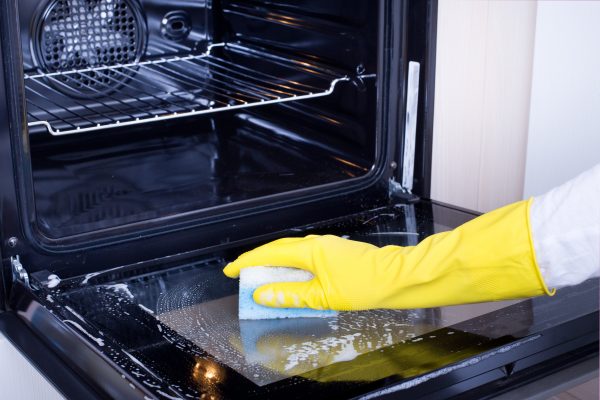

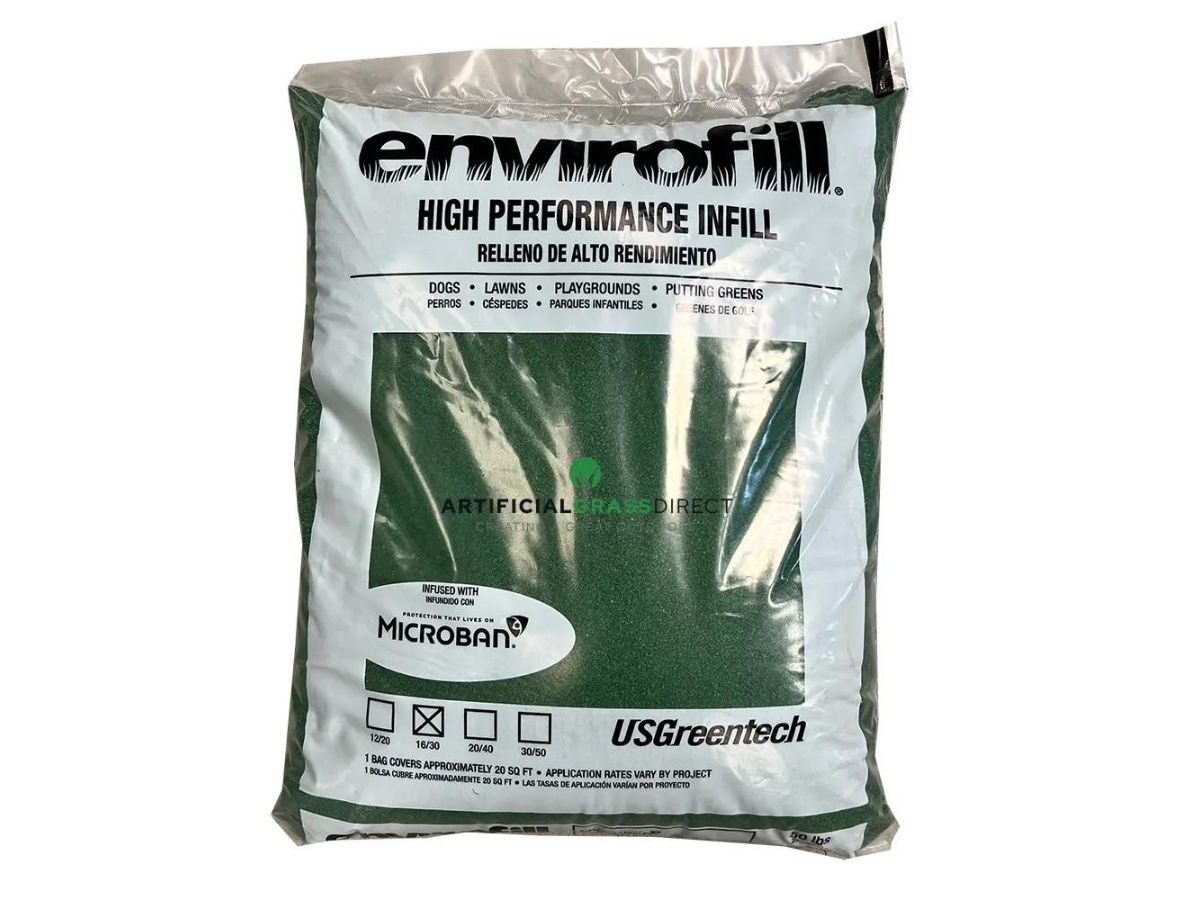

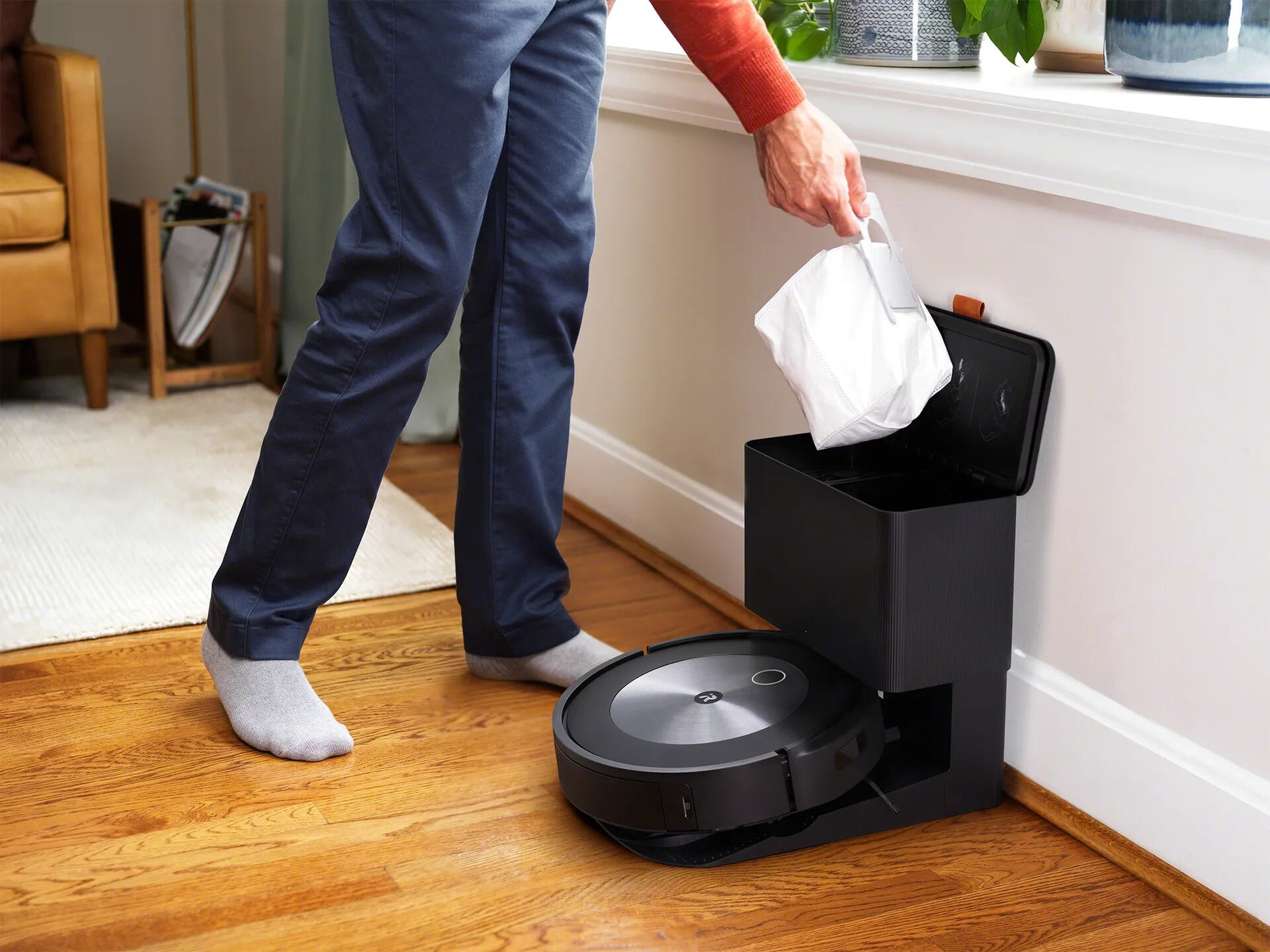
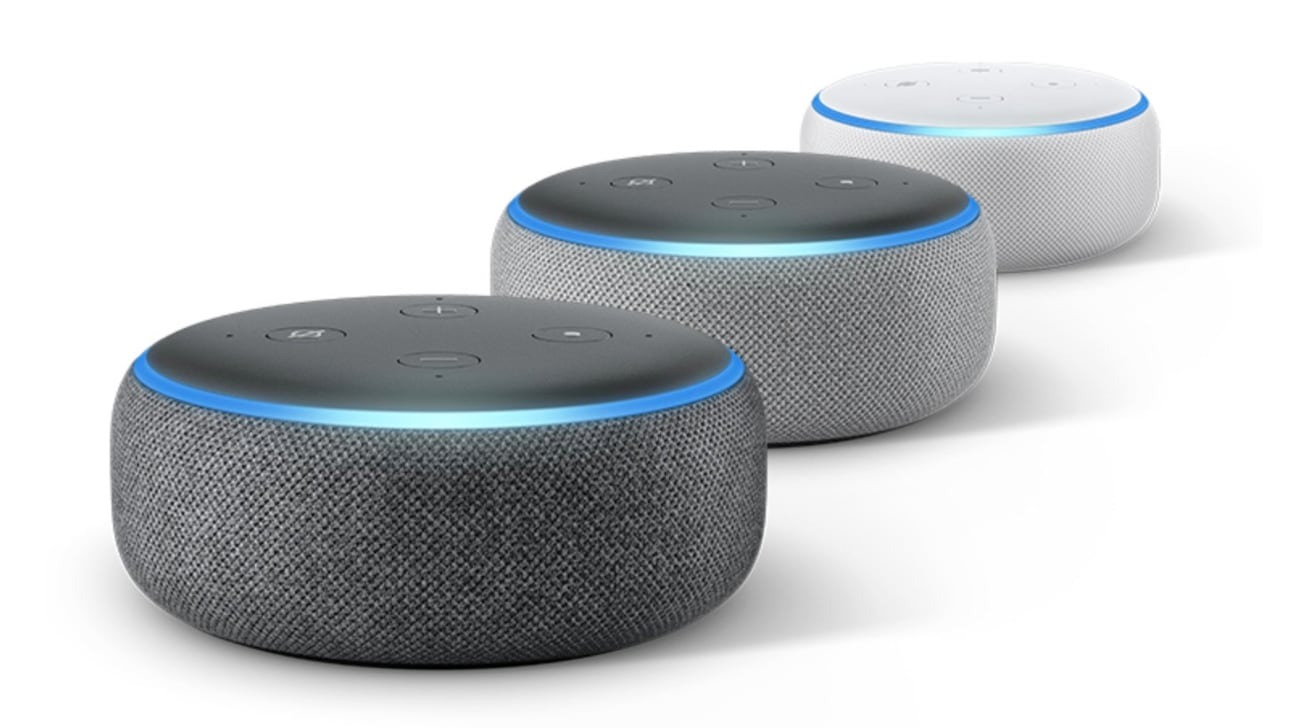
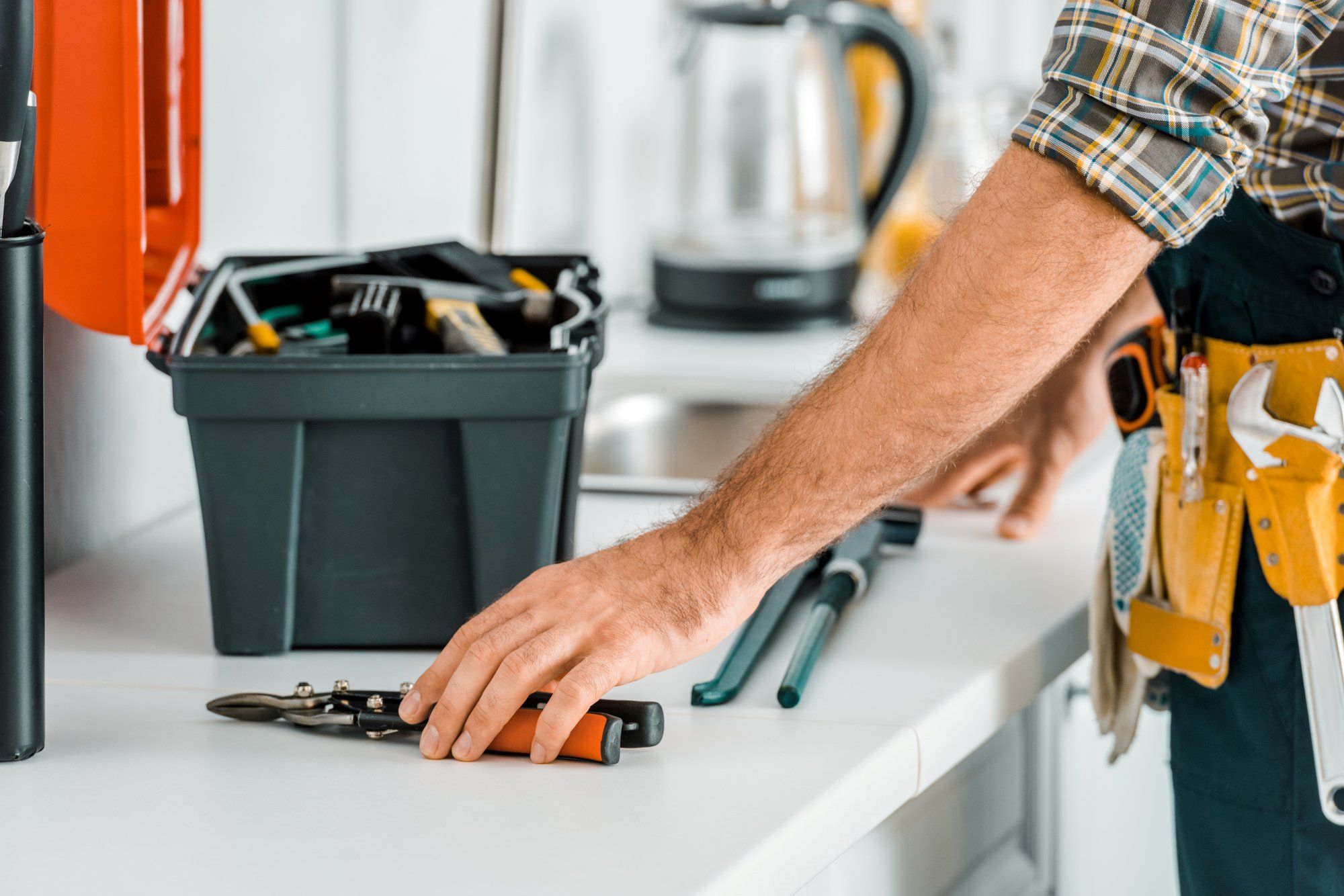
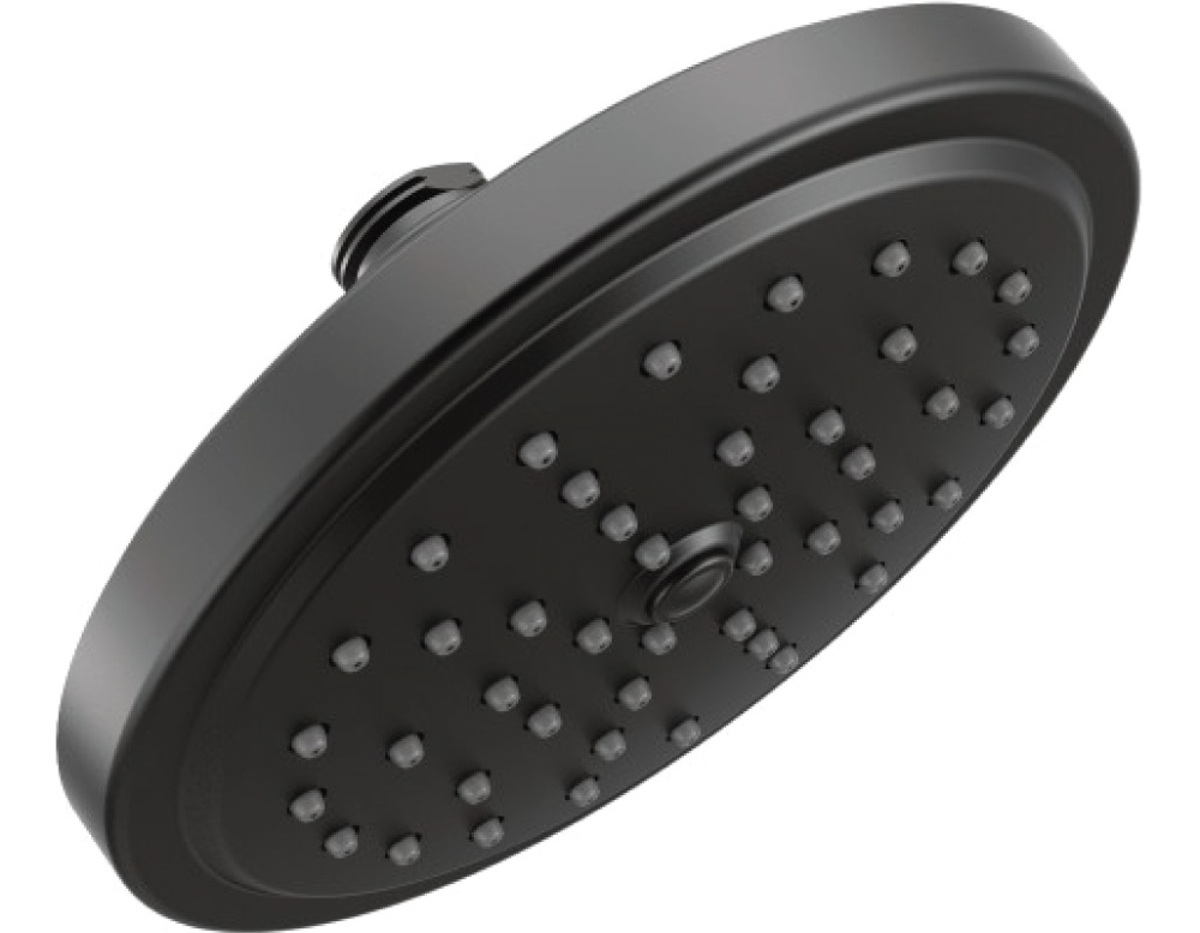
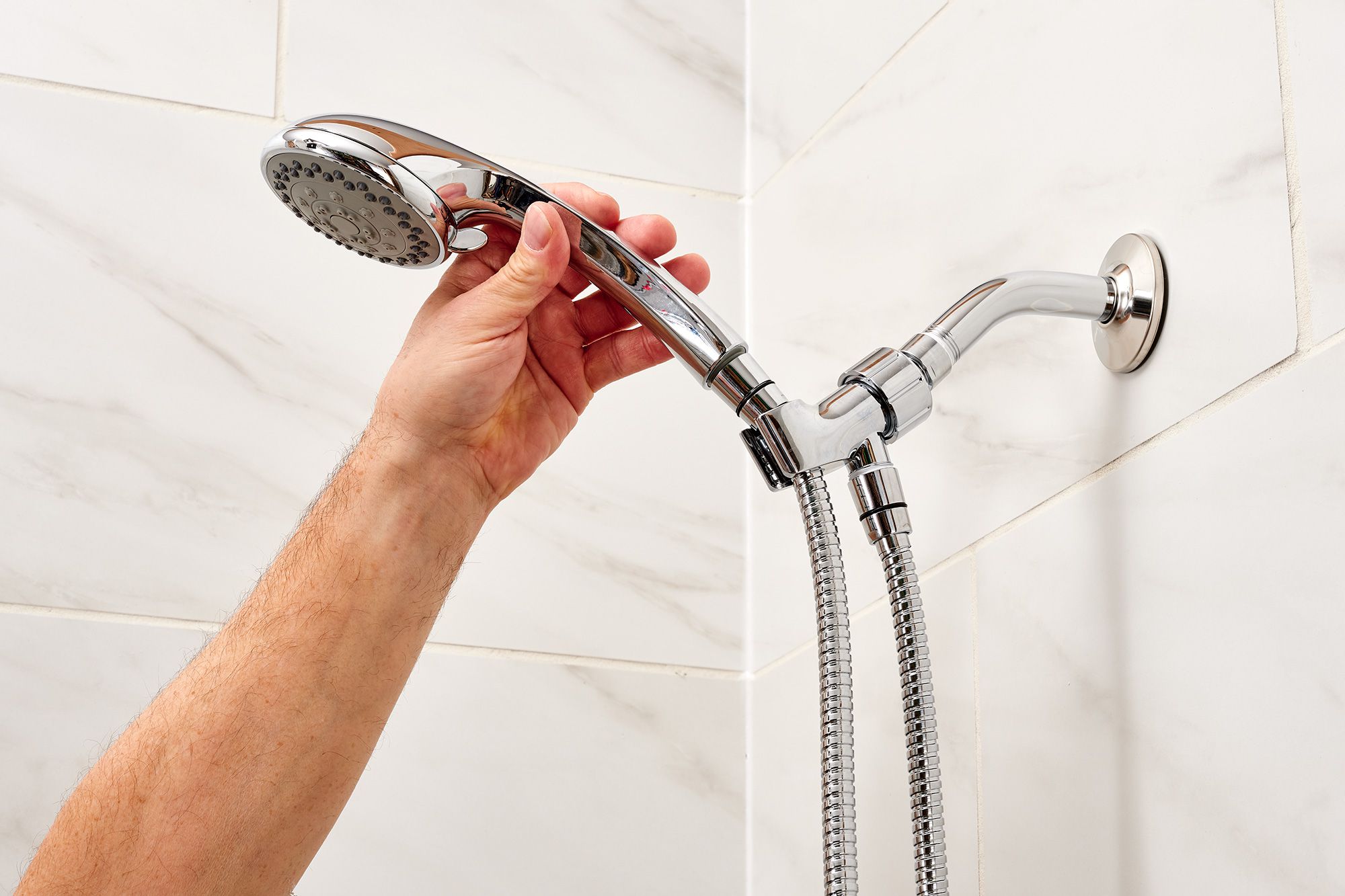
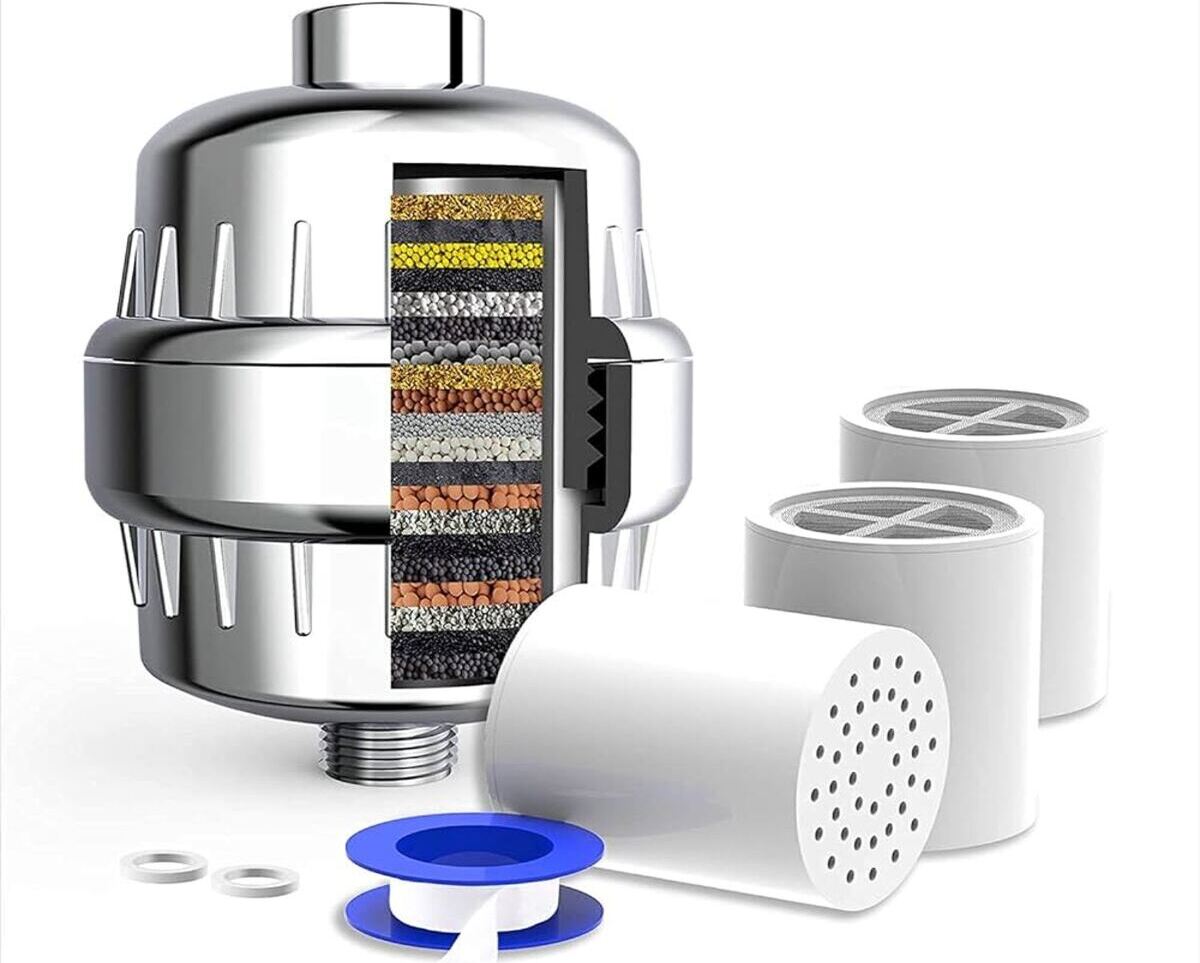
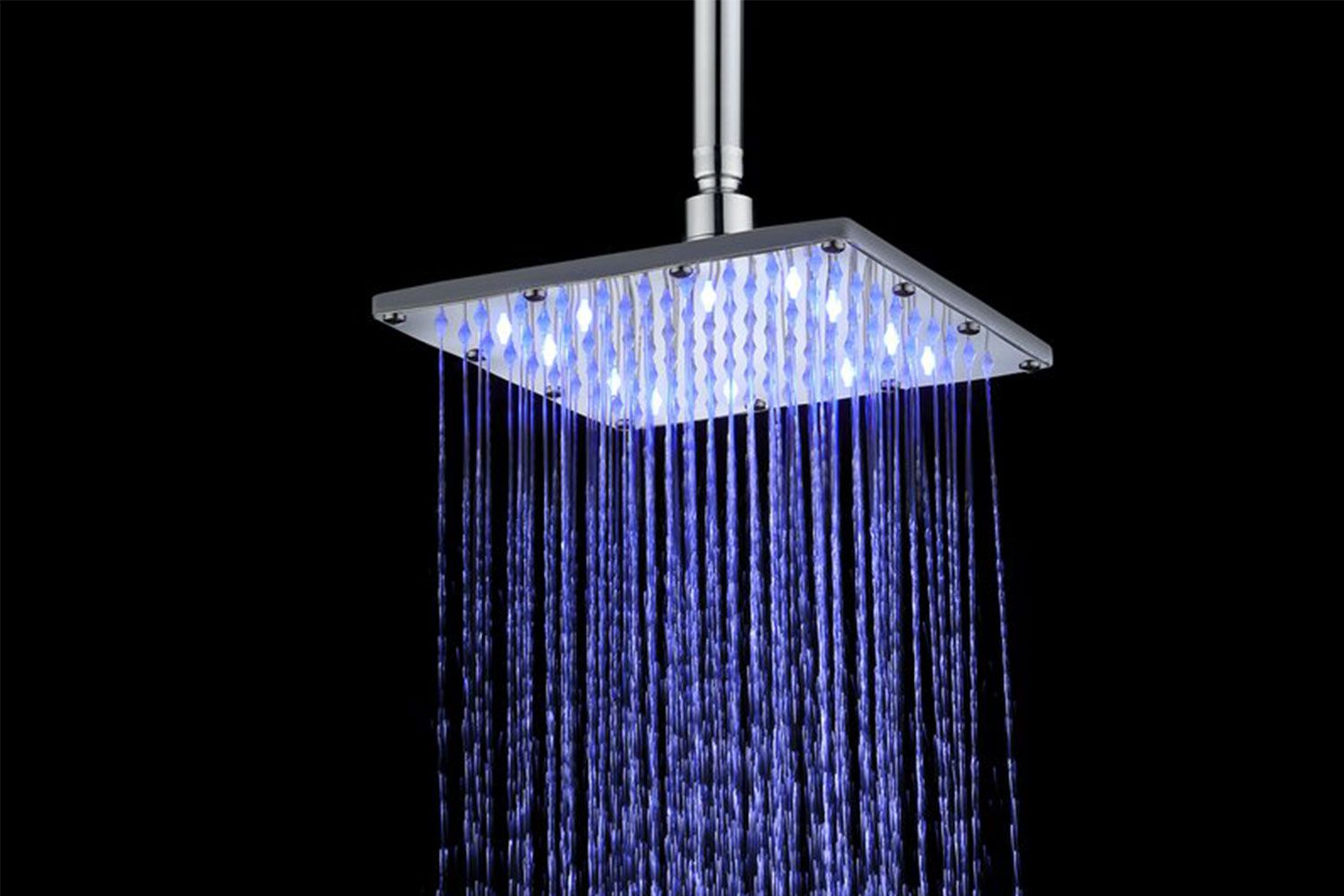
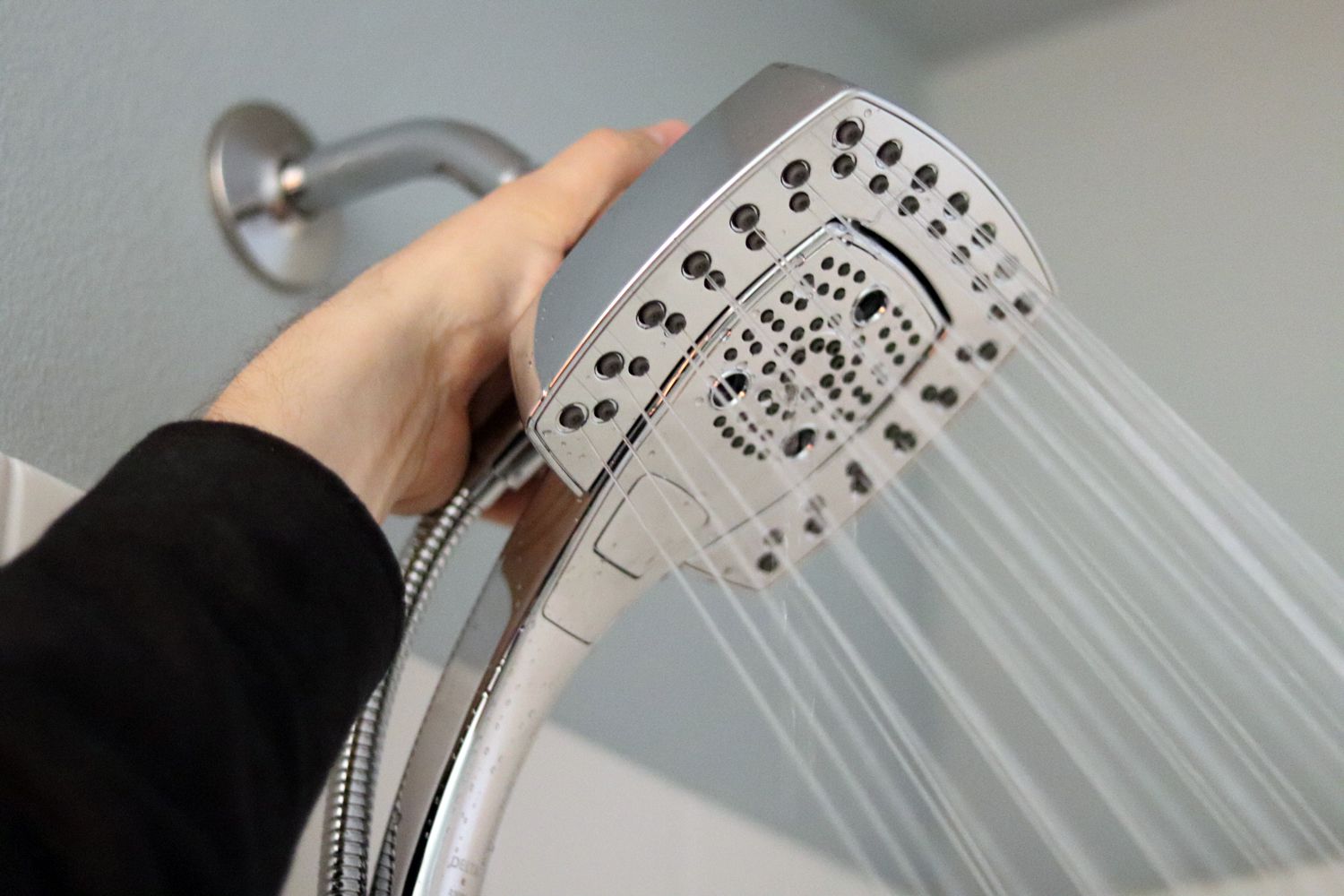

0 thoughts on “Best Showerhead Hacks For Improved Functionality And Performance”